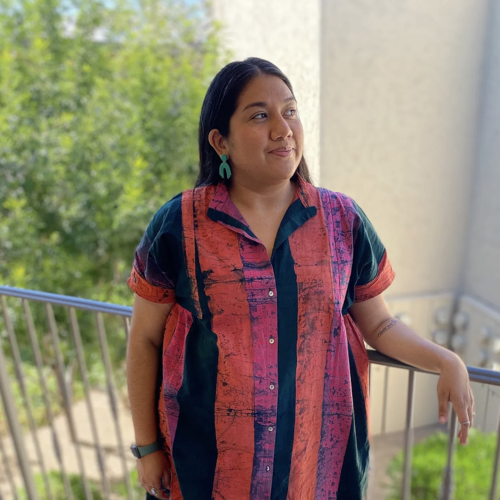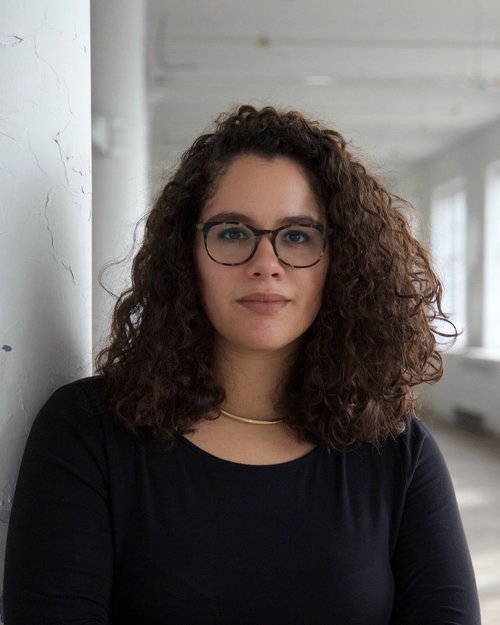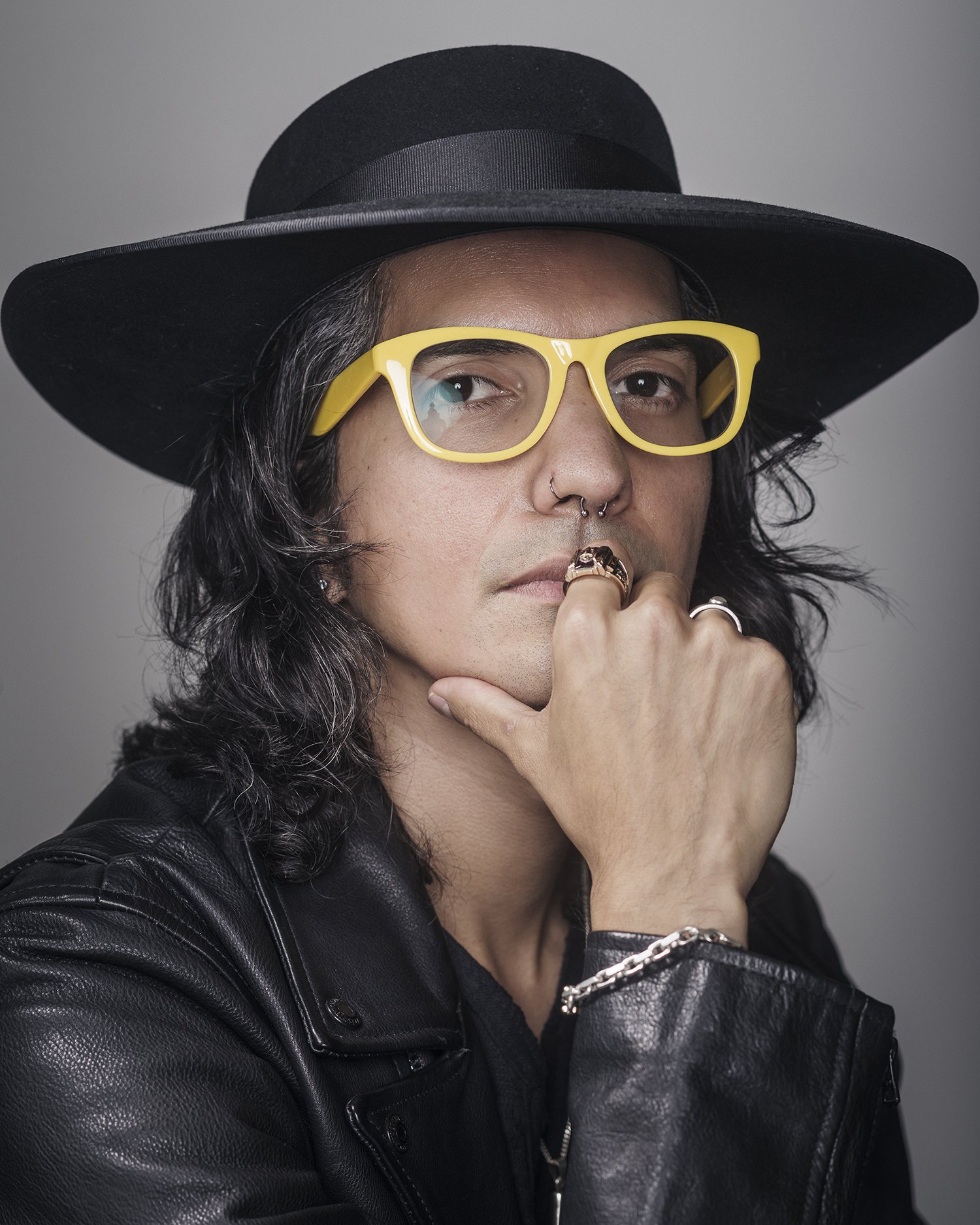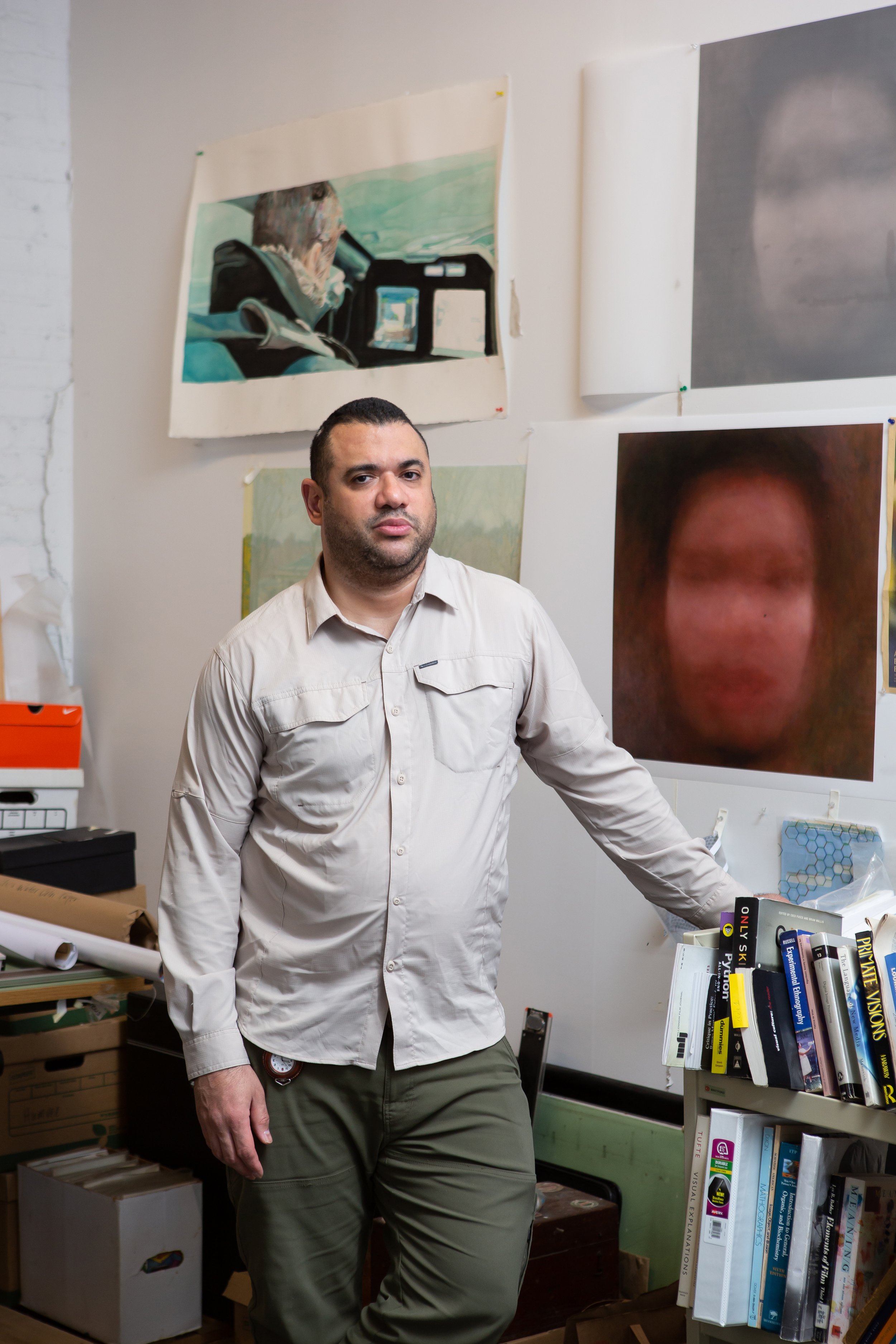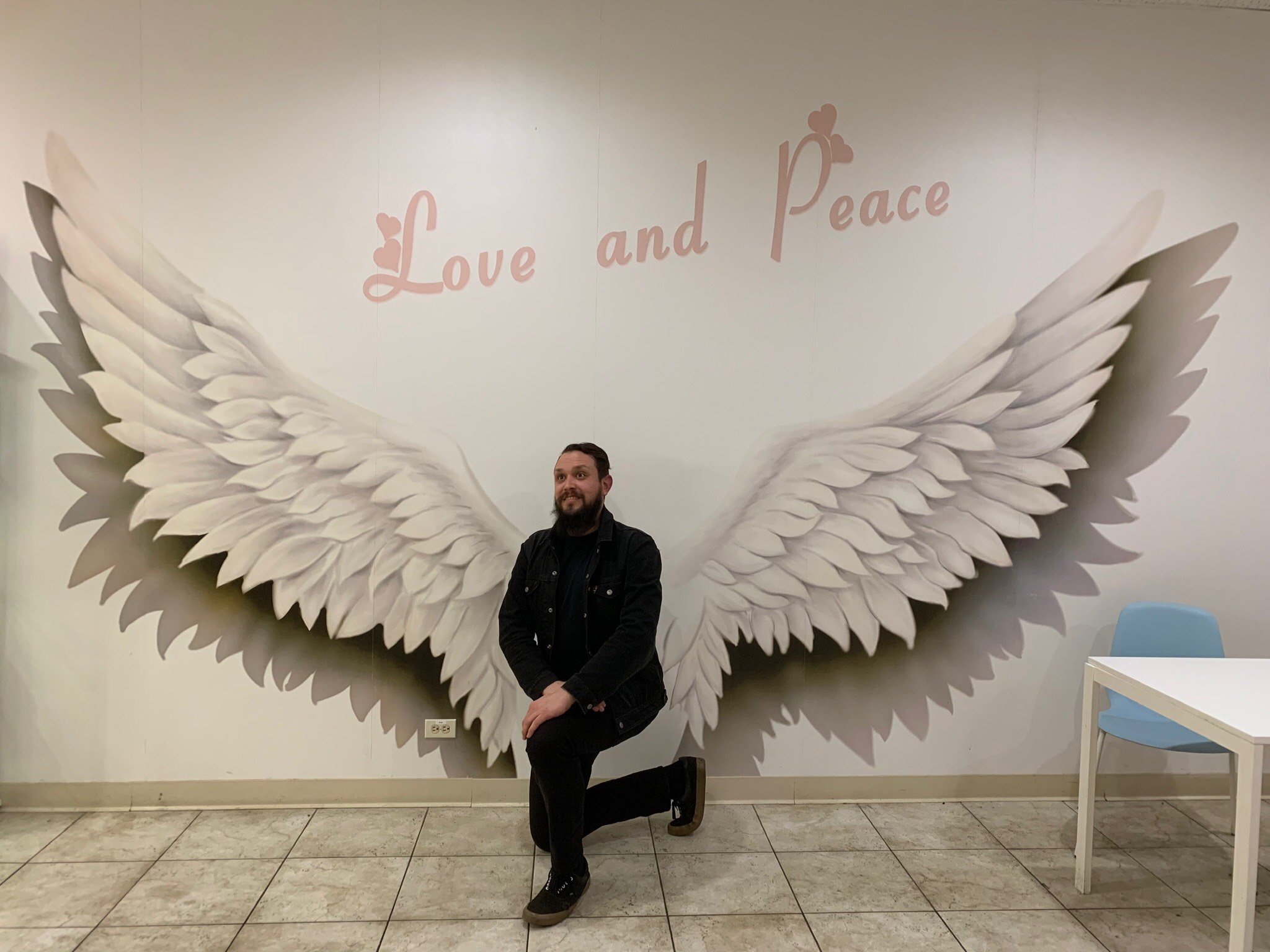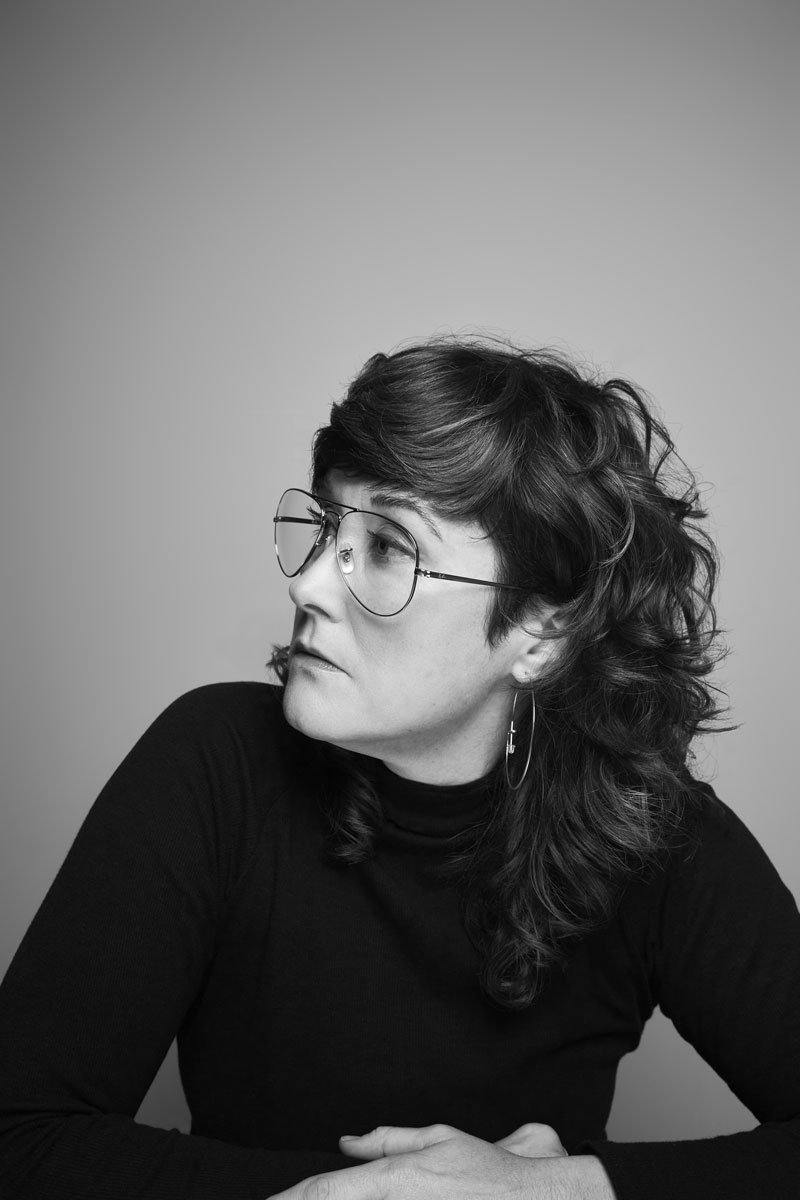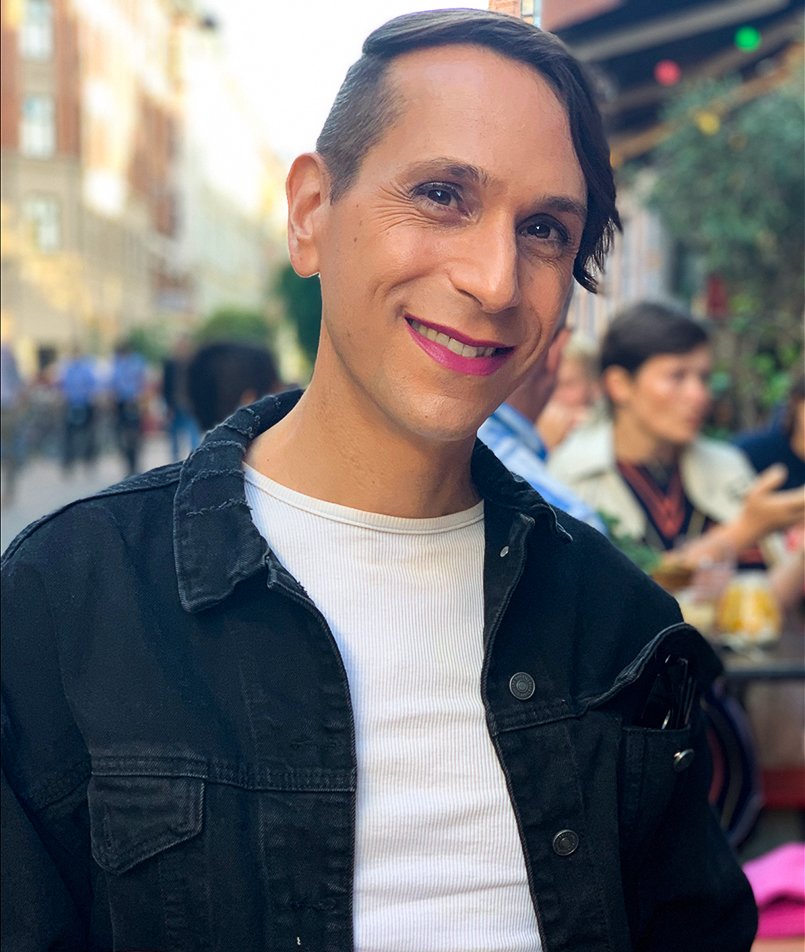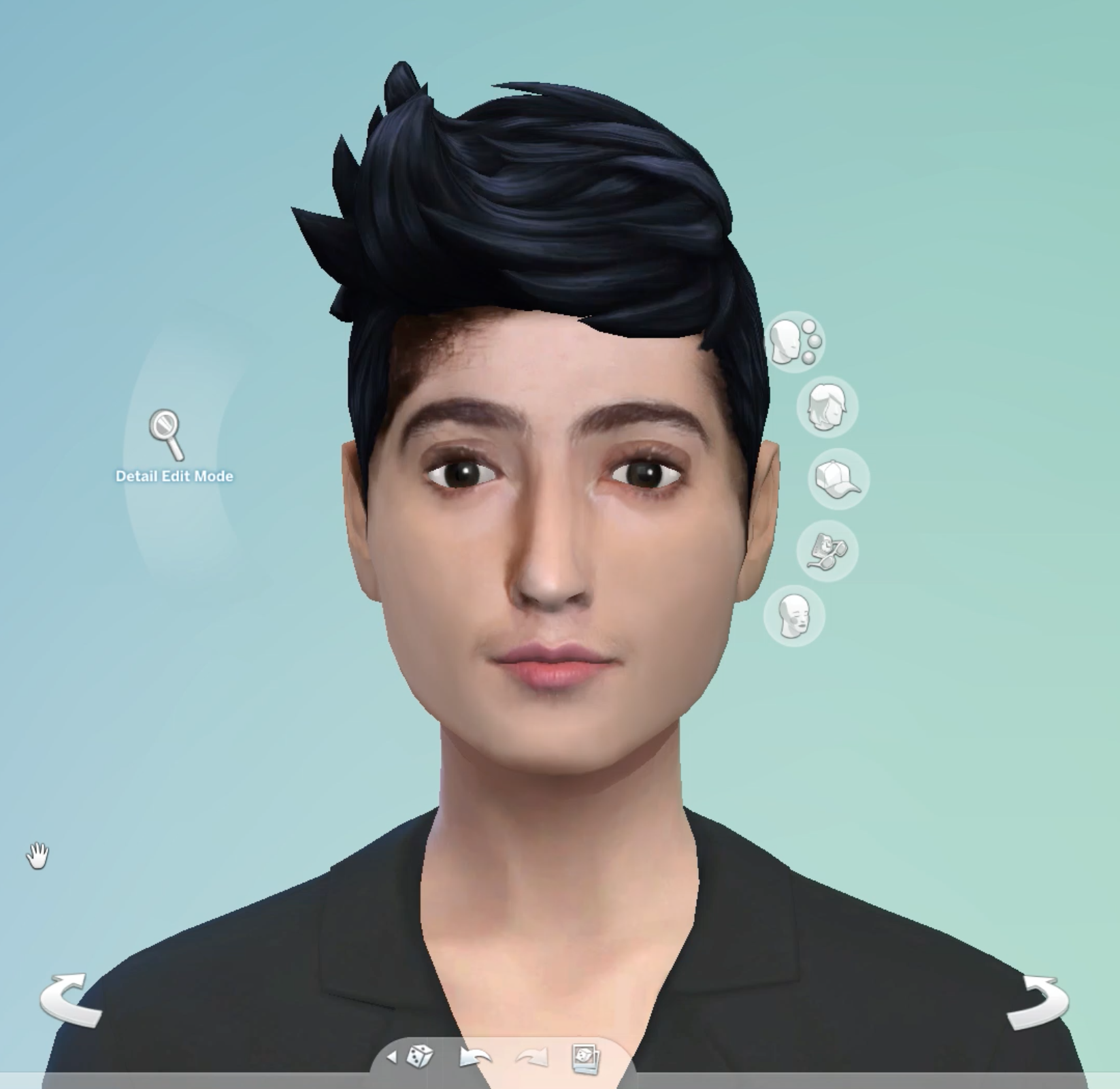Join us for an artist panel moderated by cultural anthropologist and documentary filmmaker Marcel Rosa-Salas as she engages with featured artists and curators of the exhibition Behind the Cloud: Interrogating Digital Technologies. Scholars, artists and curators will engage by exploring our relationships with Artificial Intelligence, surveillance mechanisms, and communications infrastructures.
Panelists
Marcel Rosa-Salas is a cultural anthropologist and documentary filmmaker from Brooklyn, NY. Her research centers on the racial politics of American advertising and consumer culture. Her forthcoming book, under contract with Duke University Press, explores the business of racially targeted marketing in the U.S., and the role of racial theories in the creation of ad campaigns. Her research has been supported by the Ford Foundation and Wenner Gren Foundation. Marcel co-hosts the Top Rank Podcast with Isabel Flower, and together they are also co-editors of the forthcoming book Documenting the Nameplate, a deep-dive into the cultural phenomenon of nameplate jewelry, which will be published with Penguin Random House in Fall 2022.
Marissa Del Toro is Assistant Director of Exhibitions and Programs at NXTHVN in New Haven, CT. Since 2021, Del Toro has also worked with Museums Moving Forward as Co-Director of Research and Director of Communications. Previously, she served as 2021-2022 Curatorial Fellow at NXTHVN and as the 2018-2020 Diversifying Art Museum Leadership Initiative (DAMLI) Curatorial Fellow at Phoenix Art Museum. She holds her MA in Art History from the University of Texas at San Antonio, and is originally from Southern California, where she received her BA in Art History from the University of California, Riverside.
Alex Santana is a writer and curator with an interest in conceptual art, political intervention, and public participation. Currently based in New York, she has held research positions at the Smithsonian American Art Museum, the Newcomb Art Museum, and Mana Contemporary. Her interviews and essays have been published by CUE Art Foundation, The Brooklyn Rail, Precog Magazine, Artsy, and The Latinx Project.
Michael Menchaca (they/them) is an interdisciplinary Queer Xicanx / non-binary artist using print media and new media formats to generate anti-colonial and anti-racist visions of the world. As a Mexican American born and raised in San Antonio, TX—a community with colonial roots in military and civil policing practices—Menchaca, like many Tejanxs, is constantly mediating the internalized racist, ableist, and gendered myths embedded in them by the legacy of global white supremacy in the Americas.
Menchaca received their Associate degree from San Antonio College in 2007, their BFA from Texas State University in 2011, and their MFA from the Rhode Island School of Design in 2015. In 2021, the US Latinx Art Forum USLAF awarded Menchaca the Latinx Artist Fellowship. They live and work in San Antonio, TX.
Dennis Delgado was born in the South Bronx, and received a BA in Film Studies from the University of Rochester as well as an MFA in Sculpture from the City College of New York (CUNY). His work examines the forms through which ideologies of colonialism persist and re-inscribe themselves, revealing a historical presence in the current moment. He is interested in how technologies of vision reproduce the scopic regimes of expansionism and neo-liberal governance. His work has been exhibited at the Palo Alto Center for the Arts, Bronx Museum of the Arts, the Schomburg Center for Research in Black Culture, El Museo del Barrio, and at the Cooper Union.
Jezabeth Roca Gonzalez is a multidisciplinary maker and educator, working in collaboration with their family. Their work pairs the multiplicity of lands and intimacy, it draws on the experiences of living and growing up between rural Puerto Rico and the constant shiftings of the va y ven (come and go) between the island and the U.S.
Jezabeth is invested in the visual recording of the generational differences between their family, their dynamics, changing landscapes and care. Labour and Family as the Tutelary perform through multifaceted forms of navigation and aid the understanding of self, Cuirnness (queerness) through self abstraction and how we carry the land's inherited colonial structures through personal imaginaries and the banalness of the everyday.
Adán De La Garza is a professional misnomer. The correct spelling of Adán De La Garza is Adán De La Garza and the correct pronunciation of Adán is here. He has participated in exhibitions at the Deluge Contemporary Art (Victoria, Canada), AS220 (Providence, RI), The New School (New York, NY), The Future Gallery (Berlin, DE), The Tucson Museum of Contemporary Art (Tucson, AZ), Casa Maauad (Mexico City, Mexico), Microscope Gallery (Brooklyn, NY) and festivals such as The Paseo (Taos, NM), PAF Festival of Film Animation (Olomouc, Olomouc, Czech Republic), Currents International New Media Festival (Santa Fe, NM), WNDX Festival of Moving Image (Winnipeg, Canada), The Denver Noise Fest (Denver, CO), and The Biennial of the Americas (Denver, CO). Adán was a founding member of the Sound, Video and Performance Art collective The Flinching Eye (2011-2020), a co-conspirator of the media arts exhibition series Nothing To See Here (2013-2016), the sole member of the anonymous art project Collective Misnomer (2016 - present), smashes a lot of buttons with Dizzy Spell (2018 - present) and if you tune your radio at the right place and moment he can be heard on SQUELCH FM.
Using vernacular image production, Dan Paz (they/them) brings a critical and aesthetic lens to the architecture of space, demonstrating how foundational techniques of image-making are inextricable from the environmental politics of racialized subject-making. Paz is a visual artist interested in the labor that surrounds the image from stages of research and thinking, to the material, print distribution / digital circulation, intellectual property, and historical frames that reveal information as metadata. Paz interrogates the intersections of captivity, architecture, and abolition, researching the commodification of lives to further understand, through emergent technologies, how light and shadow are used as a mechanism of power.
Paz’s projects have been featured in Hayward Gallery London, UK; the 12th Havana Biennial, Havana, CU; ENTRE, Vienna, Austria; The Media lab, NYC; The Lee Center for the Arts, The Jacob Lawrence Gallery, Seattle, WA; Holding Contemporary, Portland, OR; Michigan State University’s Scene Gallery, Lansing, MI; Stoveworks, Chattanooga, TN to name a few. Paz has hosted mapping workshops with Arizona State University, Vanderbilt University, University of Washington, University of Colorado at Boulder, Vienna Master of Applied Arts in Human Rights Program, Michigan State University. Currently, Paz is a PhD candidate in Cultural Studies & Science and Technology Studies at Unviersity of California, Davis.
Aviva Avnisan (she/they) is an interdisciplinary artist whose work is situated at the intersection of image, text and code. Using a host of emerging technologies including 3D scanning, augmented reality and virtual reality, she creates applications for mobile devices, interactive installations and technologically mediated performances that seek to subvert dominant narratives through embodied encounters with language.
Aviva has presented her work nationally and internationally. Selected exhibitions and performances include: Inside Practice at the Art Institute of Chicago in Chicago, IL (2020); Between Bodies at The Henry Art Gallery in Seattle, Washington (2018-19); the Chicago Architecture Biennial (2017); and We Have Always Been Digital at The Kitchen in New York, NY (2016). She has been interviewed by BOMB Magazine and her work has been published in INDEX Vol. 6: An Annual Document of Performance Practice, the Electronic Literature Collection, Volume 3, and others.
Liliana Farber (1983, Uruguay) lives and works in New York. Farber’s artworks examine knowledge production within global scale infrastructures. She holds an MFA from Parsons School of Design, New York; Postgraduate Fine Art Studies from Hamidrasha School of Art, Israel; and a B.A in Graphic Design from O.R.T University, Uruguay. Farber’s work was exhibited at The National Museum of Contemporary Art, Lisbon; The Center for Books Art, New York; Ars Electronica Festival Linz, Austria; Arebyte Gallery, London; Panke Gallery, Berlin; The National Museum of Fine Arts, Santiago, Chile; The National Museum of Visual Arts, Montevideo, Uruguay; WRO Media Art Biennale, Wrocland, Poland; Oblique Nuage Gallery, Paris; 1708 Gallery, Richmond, V.A, USA; and Raw Art Gallery, Tel Aviv, among others. Farber is a recipient of the Lumen Prize for Art and Technology, UK; The Network Culture Award from Stuttgarter Filmwinter Festival, Germany; Artis grant, USA; and Asylum Arts grant, USA. Her artworks have been featured in On Curating, Switzerland; MIT’s Leonardo Journal, USA; Erev-Rav, Israel; Haaretz, Israel; and El Pais, Uruguay.
Bahareh Khoshooee is a multidisciplinary artist born in Tehran, Iran in 1991, the year the Internet was made available for unrestricted commercial use. She uses digital time-based strategies in presenting work that fuses video, projection mapping, sculpture, text, sound and performance to explore the un-capturable qualities of her diasporic body, fragmented culture, and transnational identity. Khoshooee has presented her multimedia installations at Baxter St CCNY, The Elizabeth Foundation for The Arts (The Immigrant Artist Biennial), The Orlando Museum of Art, NADA MIAMI 2018, Elsewhere (New York), Housing (New York), and Rawson Projects (New York). She attended Skowhegan School of Art and Painting in 2018. She has been included in various group exhibitions including at C24 Gallery (New York), Museum of Photography (Stockholm), 2018 Taiwan Annual (Taipei), Fajr International Film Festival 2018 (Tehran), and the Museum of Fine Arts St. Petersburg. Her work has been featured in The Huffington Post, The Guardian, Artnet News, Vice, The Metro, and The Creators Project.
Steffi Faircloth (b.1997) is a Mexican-American multimedia artist who received her BFA in photography at Arizona State University in 2019. She was born and raised in Nogales, Arizona, and her experience growing up in a Bordertown is the central theme in her work. Faircloth's work spans from video, photography, to sculptural works. She often finds herself playing with ideas of mundaneness and turning it into humor, while also focusing on popular culture due to how everyday it is; yet how disassociated it is with bordertown communities. Faircloth most recently exhibited work at the Scottsdale Museum of Contemporary Art and the Tucson Museum of Art, and currently lives and works in Tempe, Arizona.



